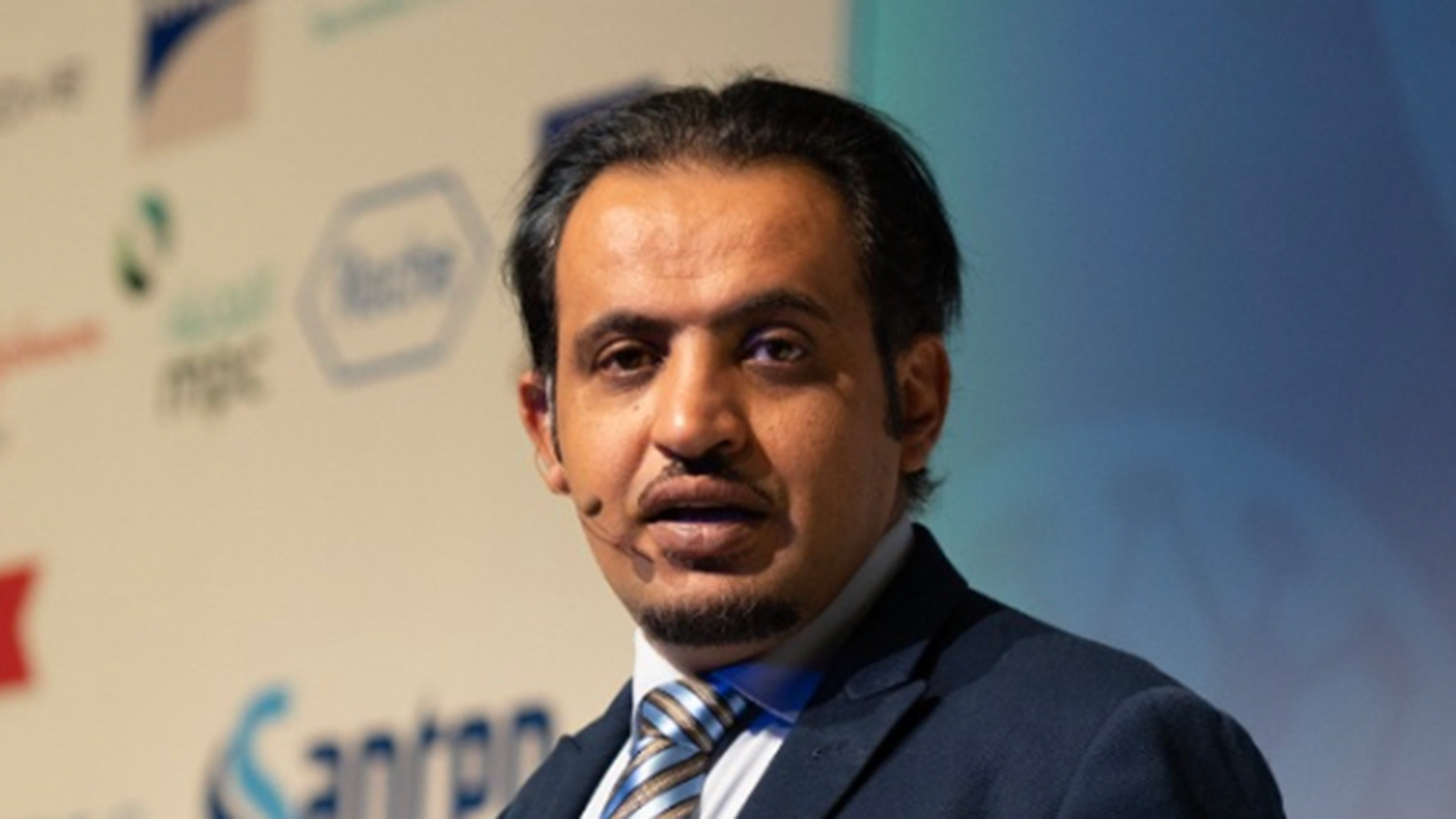The green energy transition, which focuses mainly on the shift from fossil fuels to renewable energy sources, is one of the biggest challenges facing the world today. Estonia has set a target for 2030 to produce the same amount of renewable electricity per year as it consumes. However, to achieve this, we still need a huge increase in renewable energy production. At the same time, electricity price trends show that a higher share of renewables will lead to lower electricity prices on average, but at the same time to high price peaks during periods when there is no wind or sunshine.
So, how do we solve the energy green revolution so that consumers do not have to stop their consumption during peak prices? The answer lies in smart energy management, writes Kristjan Kuhi, member of the management board of Enefit Group/Eesti Energia.
Renewable Energy Growth Needs Both Boost and Rebalancing
According to Elering, Estonian power plants produced 2 607 gigawatt-hours of electricity from renewable sources in 2023, accounting for 53 percent of Estonia’s total electricity production. Estonia’s total annual consumption today is estimated at around 8,000 gigawatt-hours. However, electricity consumption is expected to grow significantly by 2030. This means that in six years’ time, we will need to have four times as much renewable energy capacity as today.
Fortunately, after a long period of stagnation, the development of renewable energy is now gaining momentum. Enefit Green, a subsidiary of Eesti Energia, has 637 megawatts of new capacity under construction, of which 459 megawatts have been installed to date. The renewable energy company already has 587 MW of operational electricity generation capacity. The Sopi-Toots wind and solar farm, the largest renewable energy production site in the Baltic States, is expected to cover nearly 10% of Estonia’s total annual electricity consumption when completed. In addition, other market players are developing renewable energy.
Growing renewable energy has also brought us more affordable electricity prices. On windy or sunny but low-consumption days, we often see electricity prices as low as zero. However, when there is no wind or sun, prices can go very high in the short term. This price volatility is ultimately not good for consumers or producers. While consumers can protect themselves from volatile prices by fixing their electricity prices, producers can find relief in energy storage.
In addition to achieving renewable energy production goals, we must also address the renewal of standards, explanatory mechanisms, and the regulatory environment surrounding the green transition. The volume-based system of guarantees of origin for renewable energy was created nearly 20 years ago when the volumes of renewable energy in the main and distribution grids were significantly smaller.
The volume-based system of guarantees of origin allows consumers to purchase green certificates at any time within a 12-month period to match them with their consumption, regardless of whether the sun was shining or the wind was blowing during the matching period. Understandably, this creates a sense of greenwashing for the consumer, as it is difficult to rationally comprehend why they are paying for something that does not reflect their actual consumption pattern on an hourly basis. Energy flows through the grid in real time, and the framework for matching renewable energy consumption with production must also become a real-time functioning product.
Powerful Energy Storage Devices
Large-scale electricity storage is critical to balancing renewable energy. The cheapest energy storage comes in the form of hydroelectric dams, where water is stored in hydro reservoirs during low demand and discharged during high demand, producing renewable energy at a reasonable price for the market. Unfortunately, due to Estonia’s specific geography, we have little hydropower generation and instead have to rely primarily on battery solutions.
The first such projects are already underway in Estonia – for example Eesti Energia plans to install a 25 MWh and 50 MWh storage facility this year, which will be able to cover the daily electricity consumption of around 6,250 Estonian households. If this pilot is successful, more storage facilities will be installed in the furute. These storage facilities will help to offset high peak electricity prices, ensure the reliability of the energy system and increase the share of renewable energy at the same time.
In the longer term, in addition to battery solutions, pumped hydro power plants are being developed in Estonia to help balance the uneven renewable energy production. Hydrogen technologies, in particular hydrogen electrolysis, also have great potential. This would allow renewable energy production, such as offshore wind farms, to produce hydrogen from all the surplus energy. In the future, this hydrogen could be used both for the development of clean transport and, for example, as a fuel for a controlled power plant to ensure electricity supply during periods when solar and wind energy are insufficient. However, the wider deployment of hydrogen will require a corresponding international infrastructure, which will be planned in cooperation with the Nordic countries.
Smart Energy Management Can Reduce Electricity Costs and Environmental Footprint and Ensure Security of Supply
Decisions on when to store energy and when to deliver it to the grid are already being made today by algorithms that take into account hundreds of variables ranging from weather conditions (wind and rain forecast, cloud cover, etc.) and power plant maintenance to transmission disruptions and consumption data. At the same time, we can see that the potential of smart energy management is many times greater, as it would allow us to make the whole energy system work efficiently, from production to the end consumer.
Intelligent data use, machine learning and flexible and agile energy management will enable huge reductions in electricity costs in the future, benefiting electricity producers, the grid and end-users. The first steps on this journey have already been taken. We have developed a virtual power plant solution that integrates different energy generation and storage devices into a single system. This will allow energy buying and selling transactions to be carried out on the system services market, helping to ensure security of supply in the energy system on the one hand, and also offering greater economic benefits to the owner of the generation or storage facility on the other. For example, a unique battery solution on the Estonia dairy farm site is functioning as such today. As a bonus, it also increases the use of renewable energy produced on site. The more such flexible providers there are in the regulation market, the less the power plants have to contribute to balancing the electricity system.
Smart management can also be applied on the consumption side. Already today, consumers are offered a wide range of energy solutions that help them to manage energy wisely and thereby reduce their environmental footprint. Domestic energy storage devices, smart charging solutions for electric cars, sustainable lighting and heating and cooling systems are just a few examples. These solutions manage consumption against the electricity market, i.e. against the consumption and demand of the electricity system. Smart switching saves significant CO2 per megawatt-hour that would otherwise have to be used to balance the grid. All of this also aids in shifting electricity consumption from peak demand hours to periods of lower demand, thereby reducing peak electricity prices.
The Electric Car Can Also Become Part of an Efficient Energy System
In addition to reducing our dependence on fossil fuels, electric cars can also play an important role in ensuring an efficient energy system in the future. Already today, electric cars are helping to balance the consumption of the electricity system through smart charging solutions. These help owners to schedule charging during off-peak hours, which helps to stabilise electricity prices and makes owning an electric car much more affordable and convenient. In the future, when more electric cars and charging solutions with the appropriate technology are on the market and the legislation is in place, the entire national electric transport fleet can be harnessed to manage the electricity system more efficiently. The batteries of a massive transport fleet would then act as a single smart battery to help smooth out instabilities in the electricity system. In this way, the battery resource already produced in the world could be efficiently used, without building stand-alone battery solutions. Car owners would also have the option of using their car as a home storage device, which would help to make their house’s electricity consumption more efficient.
By managing energy efficiently and wisely, we increase the share of renewable energy, reduce the footprint of the electricity system and at the same time ensure system reliability. In this way, we take a big step towards a clean and sustainable energy economy. Smart energy management solutions are therefore at least as important as the development of renewable energy in creating a sustainable energy system.













